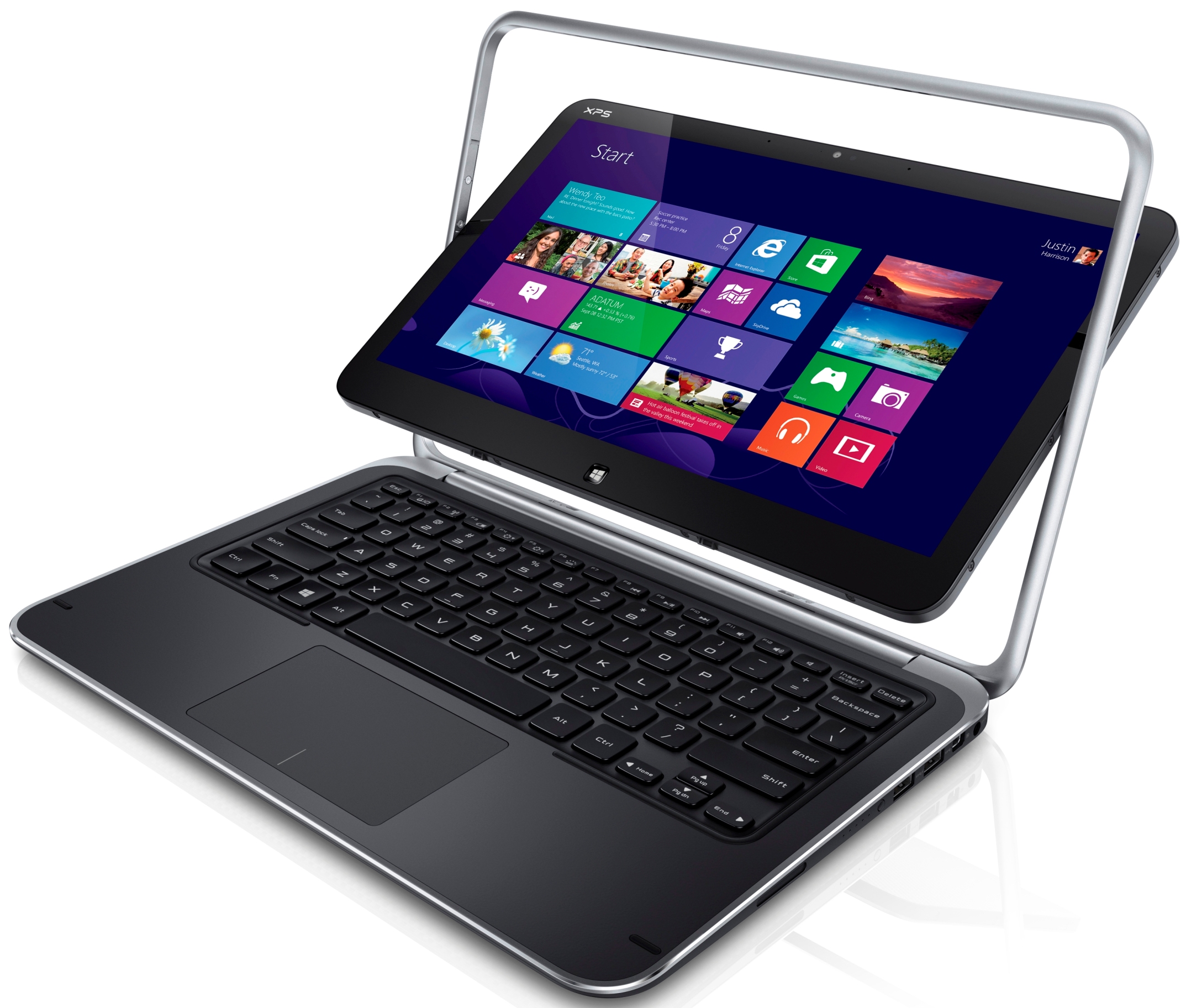Focus Question: How do students use technology for learning visually?
Unlike when I was growing up, when the visual learning came (mostly) from a two-dimensional photo in a book or on a sheet of paper, it is easy to say that practically every classroom holds at least one computer if not enough computers for each student, which provides a visual tool for learning. Not only may a classroom have computers but they may also have SmartBoards, Video projectors, microscopes and many other visually appealing devices.
With these technologies students can now see things from different perspectives rather than just one perspective in a book photo or graph. On computers, laptops and tablets students can be put into the middle of a situation, environment or simulation; this involves the students directly, and gives students the sense of being there. We live in a three-dimensional world and can’t be expected to learn and be interested and intrigued by two-dimensional lessons. (Maloy, pg. 40)
Technology provides a new way for visual learners to grasp and learn in a better and more understanding environment. “Visual learners are those who learn things best through seeing them. Often, visual learners will find that information "clicks" when it is explained with the aid of a chart or picture.” (Fleming) By using technology in order to teach a visual learner, you are allowing that student to explore graphs, diagrams, photos, etc., in new and multi-dimensional way. With these new ways for these students to explore and learn, it provides for exciting lessons and the students actually wanting to learn and remember the information. When a student can make a connection and show an interest in the lesson, imakes for a lesson that they will not forget right when they leave the classroom.
Tech Tool Links: Web Resources for Visual Learners
Tech Tool Links: Web Resources for Visual Learners

This tech tool has to be one of my favorites so far in the textbook. The websites that it provided were very helpful and can be used for many different classrooms and grade levels. The websites provide for fun and interactive lessons and provide that chance for a visual learner to actually understand what is being taught. My favorite website was http://visual.merriam-webster.com, where the above diagram is from. I really enjoyed looking through this website because it provided bright colored, detailed diagrams and even audio visuals in some subject areas. I think rather than looking in a regular book dictionary for a definition, this website provides not only the definition in words but also through a visually appealing photo or diagram allowing the students to learn by seeing not reading.
Summary and Connection:
This chapter really made me realize how much I wish I could have had the technologies teachers and students have now. I think I would have been more interested in school and learning. This chapter made me realize how important technology is for a student in today society. Students in this generation do not go home and want to pick up a book and look at the pictures, they want to grab an Ipad or laptop and play multi-dimensional games. I now realize how important it is to bring that into the classroom in order for the student to get into learning, and remembering the lesson.
As a teacher I plan on using technology not only for my advantage but also for the students. Technology has the power to make students learn things in different ways, and for teachers to use that tool to make an impact on their students lives.
Resources:
Fleming, G. F. (2011, 3 12). Visual learning Retrieved from http://homeworktips.about.com/od/homeworkhelp/a/visual.htm
Maloy, R. W., Verock-O, R. E., Edwards, S. A., & Woolf, B. P. (2010).Transforming learning with new technologies. Allyn & Bacon.
Merriam- Webster (2013) Section of the Earth's Crust. Retrieved from http://visual.merriam-webster.com/earth/geology/section-earths-crust.php#mountain-range9212
